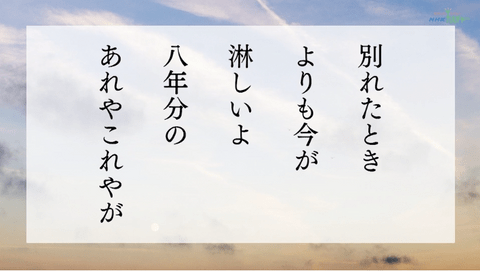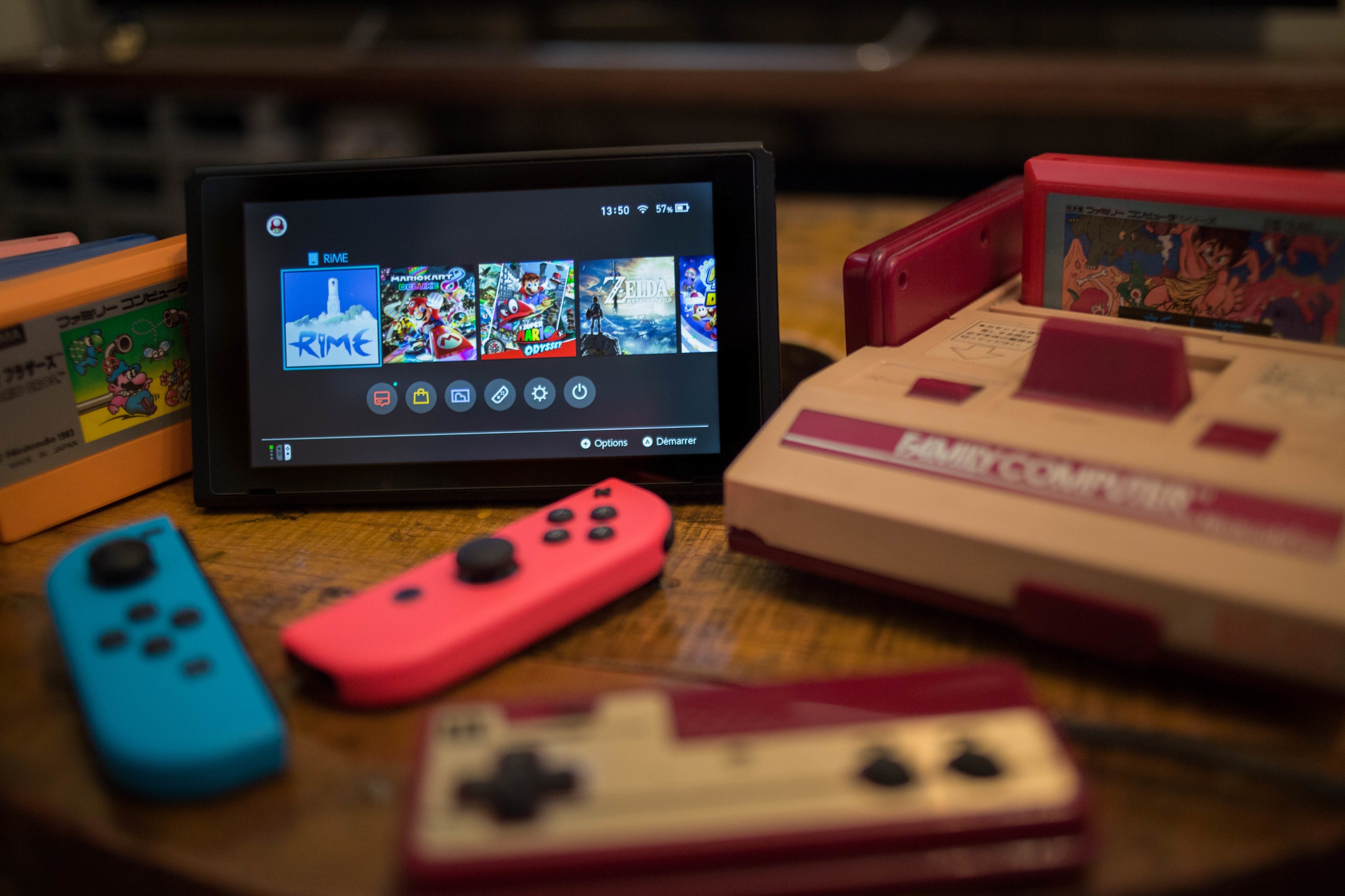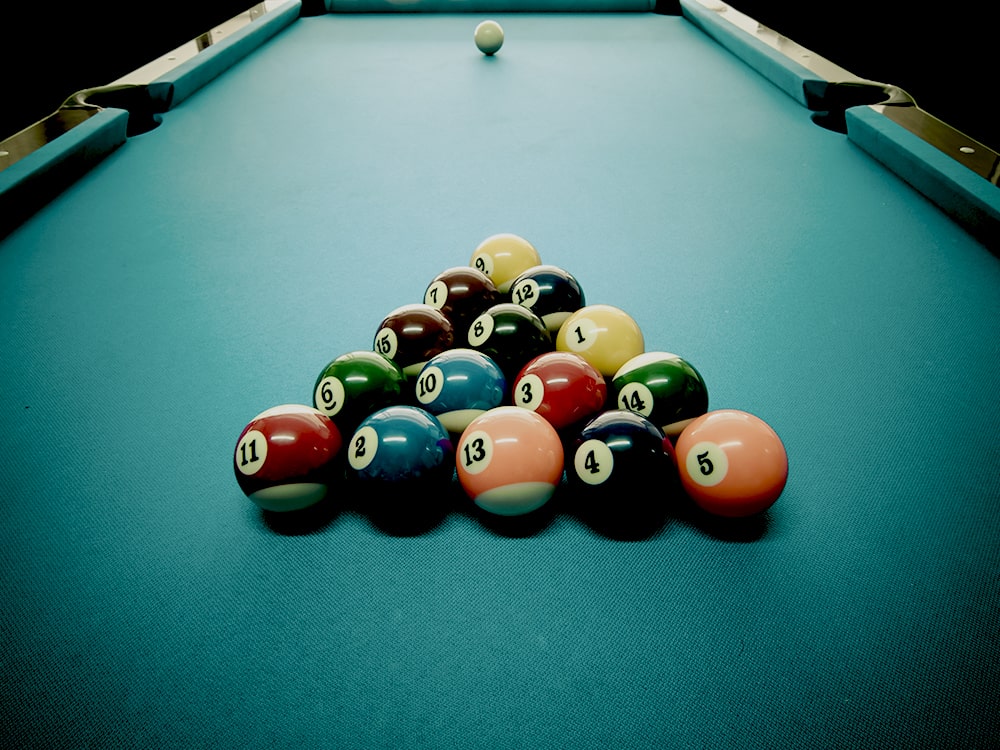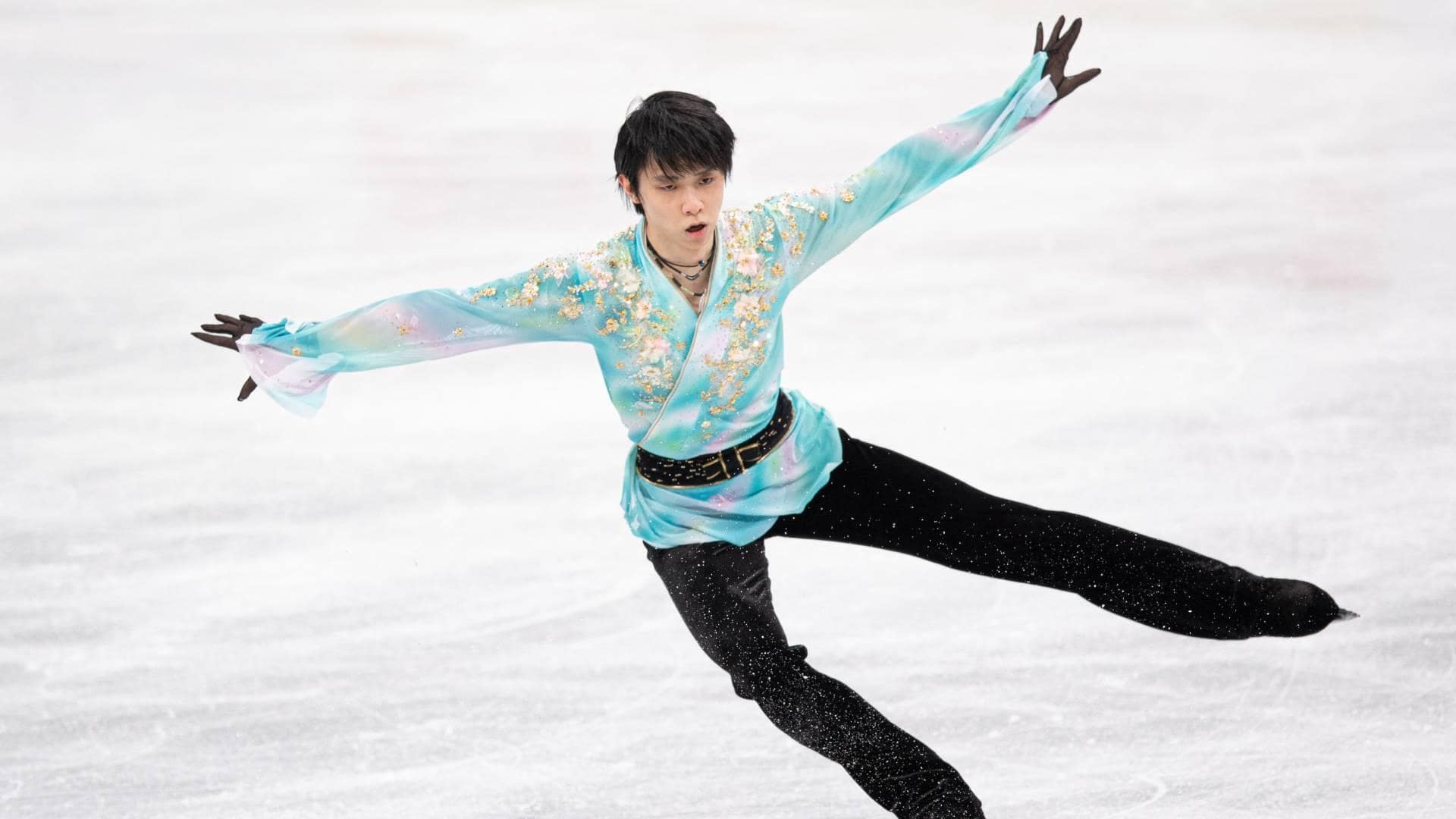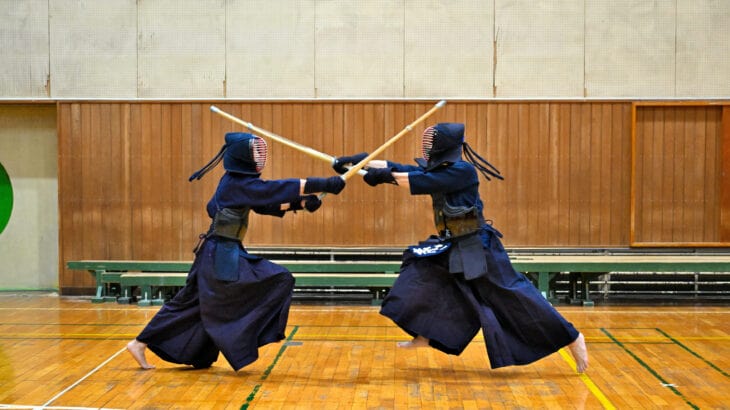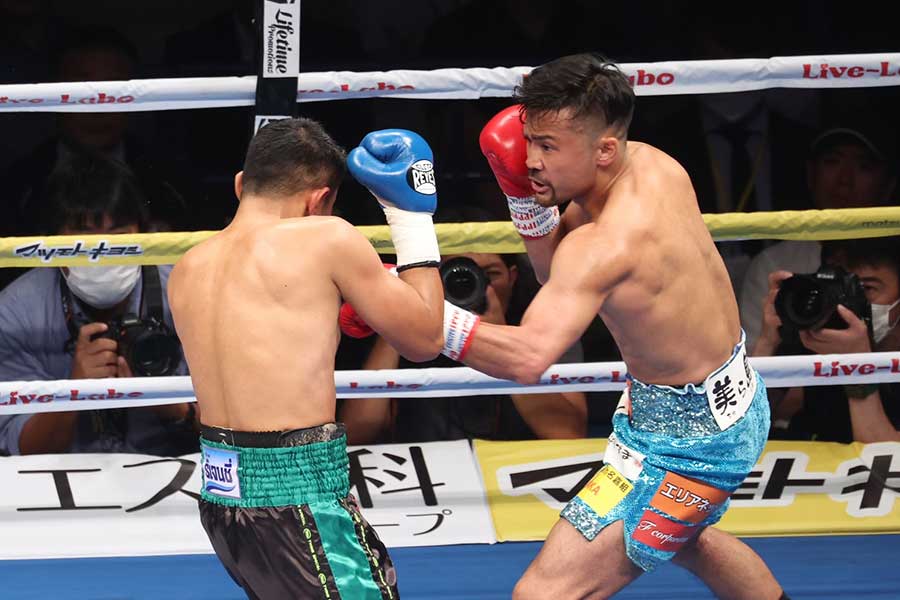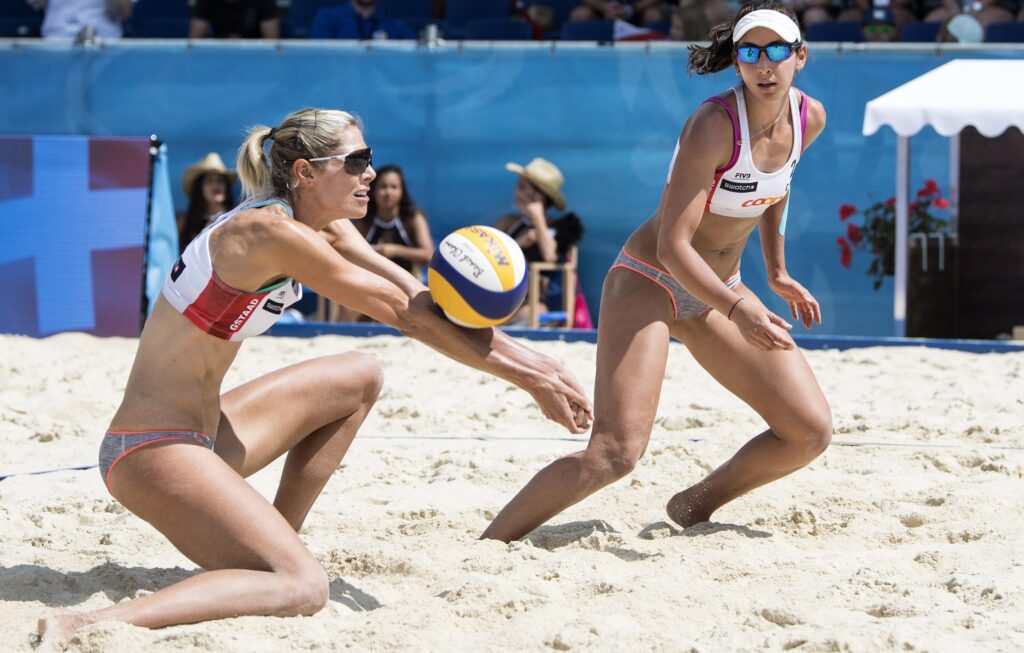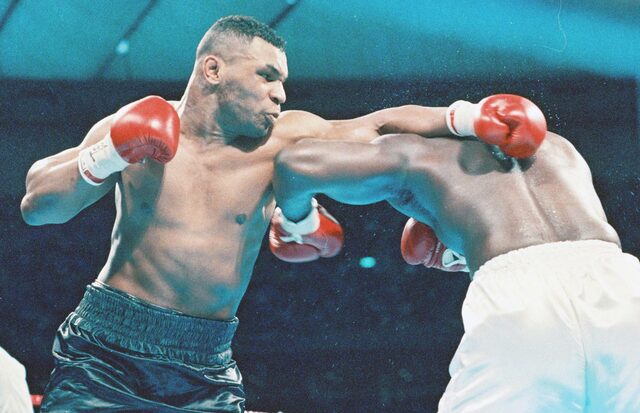
Footwork in Kendo is more than just a means of transportation. This greatly affects the accuracy, speed, and balance of your techniques, and is a factor that determines your advantage during a match.
In this article, we will thoroughly explain the types of footwork in Kendo, their technical details, and how they affect the overall Kendo performance.
We provide content that will serve as a guide for all Kendo enthusiasts, from beginners to experts, to understand the importance of footwork and learn practical training methods.
Armed with this knowledge, you can develop more sophisticated Kendo techniques and take your competitive performance to the next level.
目次
- 1 Introduction: Basics of Kendo and Footwork
- 2 Basic techniques of footwork in Kendo
- 3 Types of footwork in Kendo
- 4 Drills and exercises to improve footwork
- 5 Footwork techniques for advanced players
- 6 The importance of footwork and its influence on results in Kendo
- 7 Benefits of summarizing and practicing footwork
Introduction: Basics of Kendo and Footwork
In Kendo, footwork is more than just movement.
It is a fundamental element for increasing the effectiveness of attacks and maintaining stability during defense.
In this section, we will explain the role of footwork in Kendo and its basic importance.
Introduction to the role and basic importance of footwork in Kendo
Footwork in Kendo is an important technique for increasing rushing power when attacking and quickly adjusting position when defending.
Correct footwork allows you to move quickly while maintaining your body balance, allowing you to strike effectively.
Footwork is also very important defensively, as it makes it easier to dodge the opponent’s attacks.
Specifically, Kendo footwork has the following characteristics:
- Forward and backward : The basic footwork of Kendo consists of “tsukiashi”, which moves quickly forward, and “hikiashi”, which quickly moves backward. These are used to seize an opportunity to attack or to protect yourself from an opponent’s attack.
- Evasive movements : Kendo involves steps or turns to the side to quickly move the body out of the opponent’s line of attack. This ensures better batting position and improves defensive positioning at the same time.
- Maintaining balance : All movements require keeping the body balanced, which allows for continuous attacks and rapid defense.
This kind of footwork technique is essential to success in Kendo, and is a skill that must be honed through daily practice.
Acquiring ideal footwork is directly connected to improving overall Kendo technique, and is the key to securing an advantage in the competition.

Basic techniques of footwork in Kendo
Footwork in Kendo is a fundamental element that supports the accuracy, speed, and balance of techniques.
Mastering the correct foot position and movement is extremely important in building the foundation for effective kendo.
Here we will explain the basic footwork in Kendo and how to practice it.
Correct foot position and movement
The basic posture of kendo begins with “basic standing,” where you place your left foot behind your back and your right foot in front of you. All movements develop from this posture. Foot movement includes the following factors:
- How to move your feet : In Kendo, you move your feet in a gliding manner, without raising them too high. This allows you to move quietly and quickly, making it harder for others to read your intentions.
- Thrusting foot : A foot movement used when attacking, a technique in which the front foot is quickly brought forward and the body weight is instantly shifted. This allows for a powerful and quick blow.
- Hikigai : A technique used for defense and position adjustment, in which the animal retreats quickly using its hind legs. This move is important to avoid your opponent’s attacks.
Basic forms of footwork and how to practice them
To practice Kendo footwork, the following steps are effective:
- Moving forward and backward from the basic stance : First, confirm the correct basic stance, and then move from there by using the tsukiashi to move forward and the hikiashi to the back. By repeatedly practicing these basic movements, footwork will naturally become ingrained in your body.
- Practice rotating movements : Kendo may require rotating movements to get out of the enemy’s attack line. Balance in footwork is also important when rotating. Practice rotating slowly from a basic standing position, and as you get used to it, increase the speed.
- Practice continuous movements : In actual combat, multiple techniques are required in succession, so it is important to practice how to smoothly coordinate different foot movements. Repeat the drill by alternating thrusts and withdrawals to get your feet moving naturally.
Daily repeated practice is essential to mastering these basic techniques.
Proper footwork affects all techniques in Kendo, so practicing faithfully from the basics is the key to success.

Types of footwork in Kendo
Kendo footwork is diverse, and each movement has a tactical meaning appropriate to a specific situation.
Here, we will explain in detail the main types of footwork used in Kendo, their characteristics, and how to use them properly.
Characteristics and usage of various footworks
The main types of footwork in Kendo are as follows:
- Tsukiashi (suriashi) : The most basic foot movement, moving forward by sliding the front foot. It is characterized by fast, silent movements to initiate attacks.
- Hikiashi : A technique used primarily for defense and for quickly retreating. Step back by pulling your front foot while shifting your weight to your back foot.
- Round foot : A foot movement used to flank an opponent, taking small, quick steps to avoid the opponent’s attacks and take an advantageous position.
- Jumping feet : Used to instantly move large distances, especially effective when you want to rapidly close the distance to your opponent.
These footworks must be used appropriately in Kendo tactics.
For example, when your opponent launches an attack, it is important to keep your distance and wait for an opportunity to counterattack.
Also, if you want to actively take points, you need to quickly close the attack distance by using thrusting or jumping feet.
Application example of footwork in actual combat
The application of footwork in actual combat can make a big difference in a Kendo match. Here are some specific application examples:
- Breaking through with a blow with Tsukiashi : Seeing the opponent’s gap, use Tsukiashi to quickly close the distance, and then deliver a blow with Menu-uchi or Kote-uchi.
- Counter by pulling foot : This is a technique in which you avoid the opponent’s attack by dragging your foot, and then counterattack in the same way. The key to success is a smooth transition between offense and defense.
- Positioning using detours : Evade the opponent’s attack with detours, then immediately attack from an advantageous position.
It is important to gradually learn these footwork techniques through Kendo practice and let them naturally become ingrained in your body.
If you can effectively use these techniques in actual combat, you will be able to gain a huge advantage over your opponents.

Drills and exercises to improve footwork
Mastering footwork in Kendo is directly linked to technical advancement and tactical application.
Here, we will introduce specific drills to acquire effective footwork and practice methods that you should incorporate into your daily practice.
Specific drills to acquire effective footwork
-
Basic thrust and pull foot practice
- Move quickly from one end of the dojo to the other using only tsukiashi, then use hikiashi to return. This drill will help you improve your basic footwork speed and accuracy.
-
shadowing
- In the absence of an opponent, perform footwork while executing expected attack or defense movements. This exercise is effective for smoothing the flow of movement and developing a natural rhythm in footwork.
-
drill with markers
- Place tape or markers on the dojo floor and perform footwork according to a designated pattern. This improves the accuracy of turning and allows rapid movement in multiple directions.
Footwork exercises you want to incorporate into your daily practice
-
Continuous attack footwork practice
- Adjust your position with appropriate footwork while performing different strikes in succession. This is very important as practice to maximize your attack opportunities in real combat.
-
Drills to increase reaction speed
- Your partner will give you random instructions, and you will practice immediately following the instructions. This is effective for increasing reaction speed and being able to respond to unexpected attacks.
-
Footwork exercises to improve endurance and stamina
- By practicing footwork for long periods of time, students develop the ability to maintain precise movements even when they are fatigued. This is important to ensure that performance does not drop even in the second half of the game.
By incorporating these drills and practices on a daily basis, you will significantly improve your kendo footwork, and you will clearly see the effects in matches and actual combat.
Effective footwork supports the entire Kendo technique and opens the way to success.

Footwork techniques for advanced players
For advanced kendo practitioners, footwork is more than just a means of transportation.
It forms the core of tactics and is an important element that controls the flow of the match.
This section introduces advanced tactical footwork for advanced players and how to use it skillfully at the competitive level.
Introduction to advanced tactical footwork
Advanced footwork includes advanced techniques such as:
- Irregular rhythmic footwork : Use footwork that intentionally breaks the normal rhythm to avoid predictability. This can throw off your opponent’s timing.
- Inserting a small feint : By adding a small feint before attacking or moving, you can elicit a reaction from your opponent and exploit the gap.
- Quick movement in multiple directions : By moving quickly back and forth, left and right, you can increase the angle of attack and effectively avoid the opponent’s attack when defending.
How to use footwork skillfully at the competitive level
The following tactics are effective for utilizing footwork at the competitive level:
- Instantaneous acceleration and deceleration : By suddenly changing speed during a match, you can disrupt your opponent’s attacking rhythm and create advantageous attacking opportunities.
- Adjustment of distance : By always moving while maintaining appropriate distance, it becomes easier to attack, and when defending, it becomes easier to nullify the opponent’s attack.
- Tactical positioning : The conscious use of footwork to secure tactically advantageous positions depending on specific match developments.
These advanced footwork techniques and tactical utilization are the keys for advanced kendo practitioners to gain an advantage in competition.
By mastering these skills, you can advance to even greater heights in Kendo.
Refine these techniques through daily practice and strive to naturally demonstrate them in actual combat.

The importance of footwork and its influence on results in Kendo
In Kendo, mastering footwork is more than just a technique; it is deeply related to overall performance and direct success.
This section explores the influence footwork has on overall Kendo technique and its relationship to motivation during training.
How footwork affects overall technique
Footwork in Kendo has a direct impact on the accuracy, speed, and tactical flexibility of the technique. Accurate footwork has the following effects:
- Improved accuracy of strikes : Correct footwork allows your body to strike at the right position and distance, improving the accuracy of your strikes.
- More efficient defense : Quick and accurate footwork makes your defensive movements more effective and increases your ability to protect yourself from opponent attacks.
- Sustained stamina and physical strength : Efficient footwork reduces physical exhaustion, making it easier to maintain performance even during long matches.
The relationship between motivation for training and footwork
Improving footwork techniques also serves as an element that increases motivation for Kendo practice. The reasons are as follows:
- Visible progress : As your footwork improves, the results will be directly reflected in improved technique. This gives the practitioner a clear sign of progress and provides motivation for further practice.
- A bridge to learning new skills : Learning good footwork makes it easier to learn more advanced techniques and tactics. This will keep you motivated to practice and allow you to continue improving.
- Improved self-confidence : Improving footwork will lead to increased confidence in matches and practices. This confidence has a positive impact on your overall attitude and mentality as a Kendo practitioner, leading to active training.
Learning footwork not only lays the technical foundation for Kendo, but also plays a central role in your growth as a Kendo practitioner.
Therefore, efforts to practice footwork are a very important factor in improving Kendo performance.

Benefits of summarizing and practicing footwork
In Kendo, practicing footwork is more than just basic technique.
It directly contributes to improving overall performance, developing tactical ability and strengthening mental concentration.
This section details the effects of footwork practice on Kendo performance and the importance of continuous practice.
The effect of footwork practice on Kendo performance
Practicing footwork in Kendo has a wide range of benefits, including:
- Improved reaction speed : Quick footwork improves reaction speed in both attack and defense. This gives you a timing advantage during the match.
- Efficient use of force : Proper footwork allows you to use the entire body’s strength efficiently, reducing wasted energy consumption. This allows you to maintain high performance over a long period of time during a match.
- Tactical versatility : Skilled footwork allows for the practical application of a variety of tactics. This creates unpredictable movements against your opponent and helps you maintain a tactical advantage.
The importance of continuous practice
Footwork techniques in Kendo cannot be learned overnight. Continuous practice is essential for the following reasons:
- Acquisition of techniques naturally : Through continuous practice, footwork will naturally become ingrained in your body, and you will be able to perform precise movements unconsciously.
- Improving ability to adapt to situations : Through experience with various practice environments and opponents, you will learn a variety of ways to respond using footwork. This will allow you to respond appropriately to any match situation.
- Long-term performance stability : Continuous practice contributes not only to technical maturity, but also to developing mental confidence and focus.
Continuously practicing footwork in Kendo leads to improved technique, tactical development, and mental strength.
These are all essential elements for success in Kendo competitions and training.

